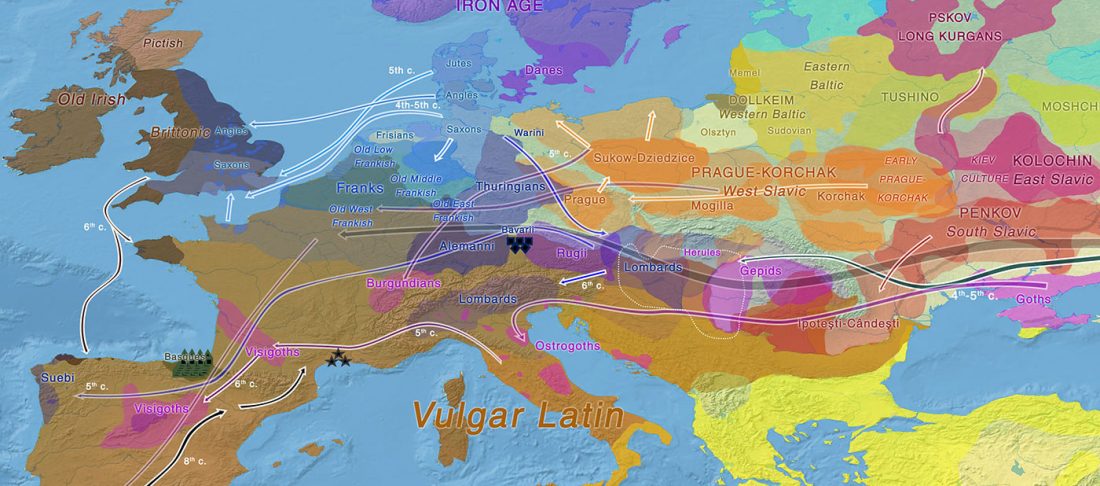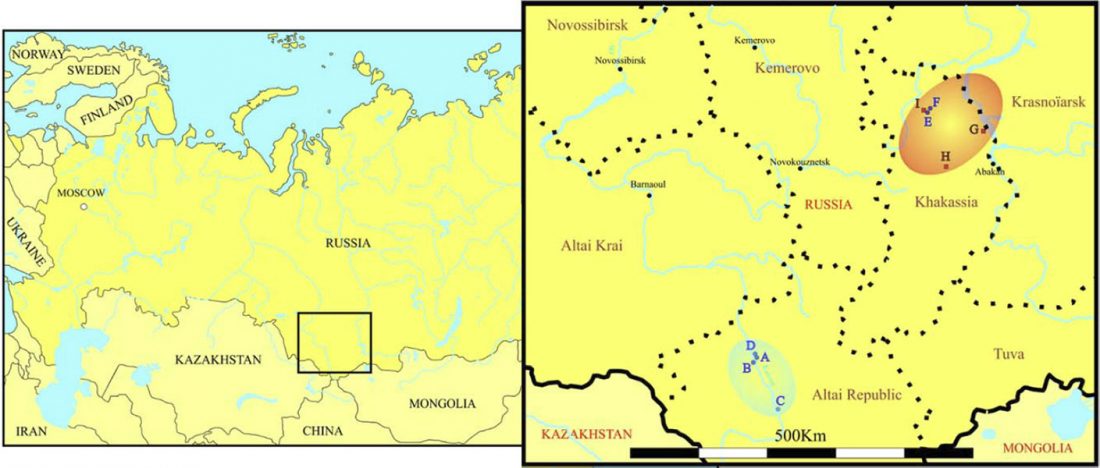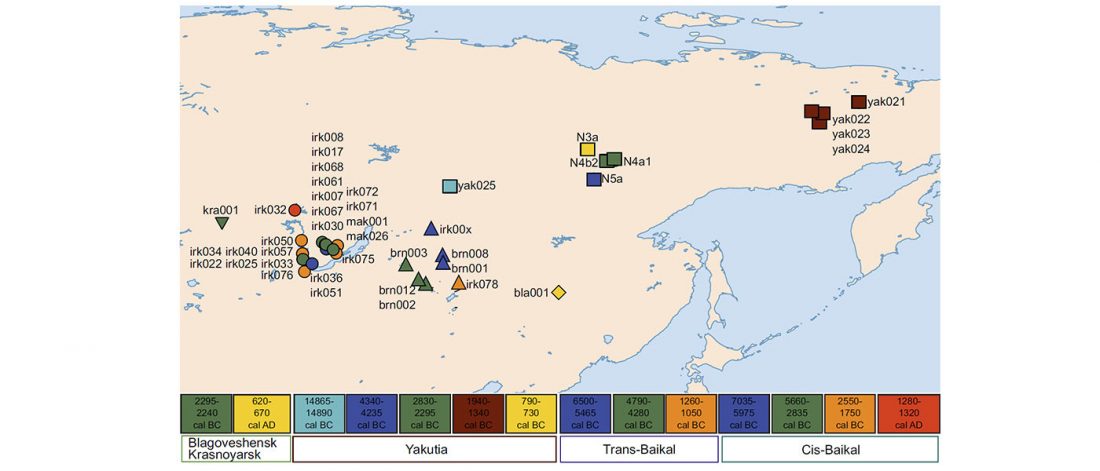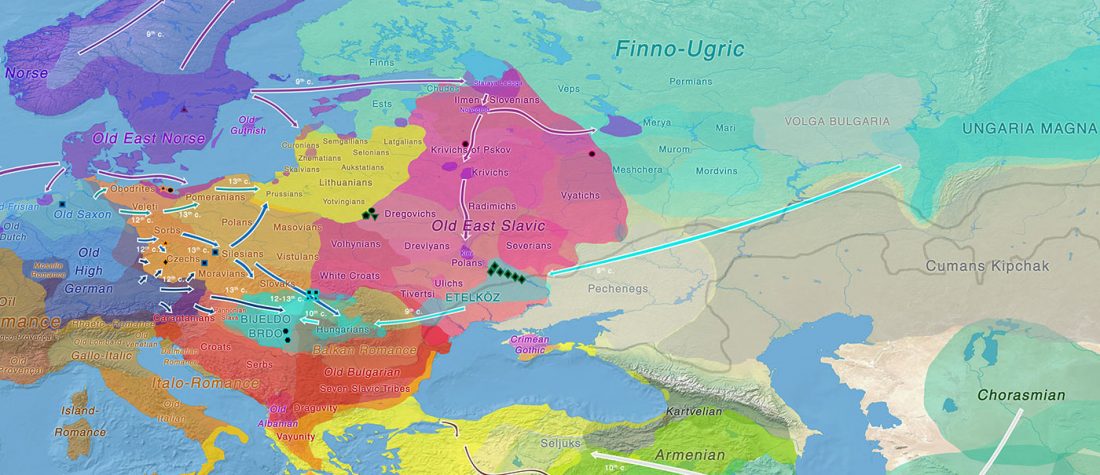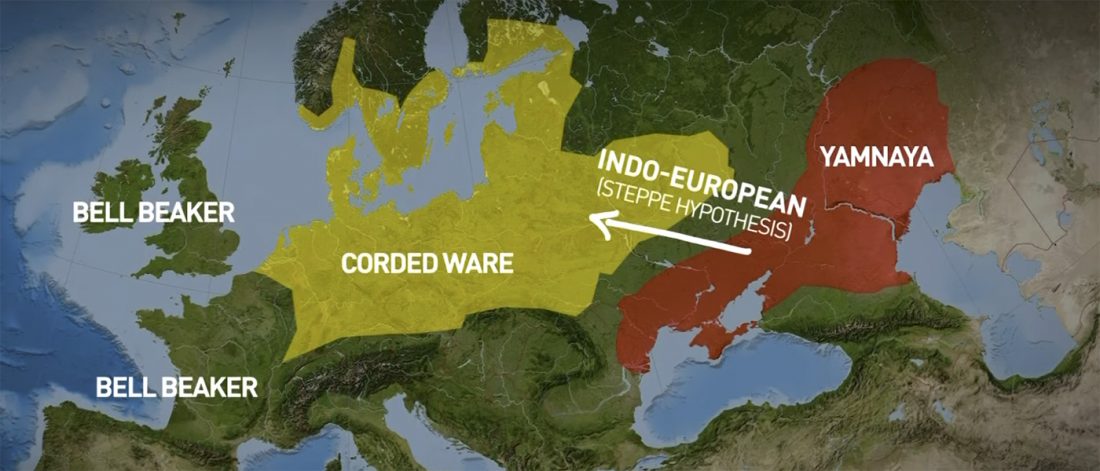Mitogenomes show Longobard migration was socially stratified and included females
New bioRxiv preprint A genetic perspective on Longobard-Era migrations, by Vai et al. (2018).
Interesting excerpts (emphasis mine):
… Read the rest “Mitogenomes show Longobard migration was socially stratified and included females”In this study we sequenced complete mitochondrial genomes from nine early-medieval cemeteries located in the Czech Republic, Hungary and Italy, for a total of 87 individuals. In some of these cemeteries, a portion of the individuals are buried with cultural markers in these areas traditionally associated with the Longobard culture (hereby we refer to these cemeteries as LC), as opposed to burial communities in which no artifacts or rituals associated by archaeologists to Longobard culture have been found in any graves.
